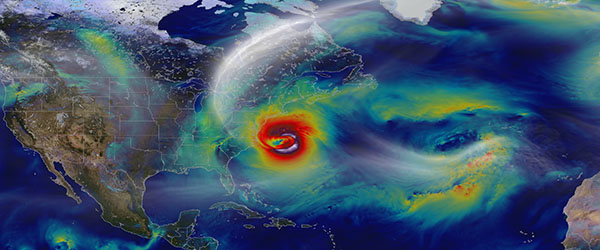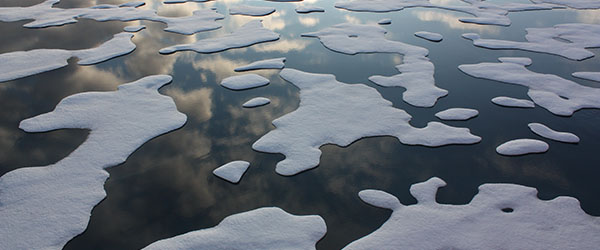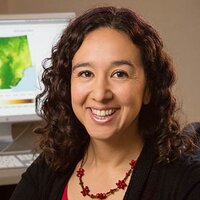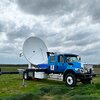

Evidence continues to mount that human activities are altering Earth’s climate. Observational products, statistical methods, and numerical models are important tools in understanding these changes, as well as the impacts on regional to global scales. There remain significant challenges in understanding physical processes affecting climate variability and quantifying the relevant climate uncertainties, including responses and interactions within the atmosphere, ocean, land surface, vegetation, cryosphere, and human systems. Enhancing the understanding of the dynamics, variability, and interactions within Earth’s climate system are important aspects of climate research programs throughout the department. Specifically, our research programs specialize in areas addressing: clouds and cloud feedbacks, aerosols, tropical variability, ocean-atmosphere interactions, land surface feedbacks, extreme events and climate impacts on intraseasonal to multi-decadal time scales. Global teleconnections related to large-scale variability (e.g. ENSO, AMM, PDO, QBO, and NAO) and their effect on atmospheric dynamics, regional climate variability, and extreme weather are key focus areas of our research.

Energy, water, carbon, and other trace gases are constantly exchanged between the biosphere and the atmosphere. These exchanges modify mass transport and the thermodynamic structure of the atmosphere and oceans, which in turn affect the atmospheric circulation, cloud formation, and rainfall, as well as land processes involving the carbon and nitrogen cycles, the hydrologic cycle, and the radiative budget of the Earth's surface. Exchange processes happen locally, on the scale of a cornfield, regionally, on the scale of the Amazon rainforest, and even globally, as large ecosystems such as the Arctic tundra respond to environmental pressures from global climate and land cover change. Understanding the relationships between human activities, potential changes to the Earth’s climate, and the resulting ecological and economic impacts and other effects on human welfare from these changes requires an interdisciplinary perspective involving the physical, biological, social and political sciences. Policy makers, responsible both for identifying possible national response strategies to concerns about climate change and for negotiating international conventions and protocols, can benefit from tools that enable them to examine these relationships and to evaluate alternative approaches for dealing with policy related questions about future climate change. Integrated Assessment Models (IAM) provide an integrated view of human interaction with the physical world.

Faculty and students in the department carry out a number of research projects directed toward the development and use of observational products, numerical models and statistical methods to understand Earth’s climate system and how it is changing. Students are developing models that integrate human users into a climate modeling system to understand the biogeochemical and biophysical processes and interactions with human systems, such as land use changes, as well as climate change impacts due to the evolution of atmospheric GHG concentrations and proposed emission control policies. Students also use observations from many sources (ground-based, ocean-based, aircraft, and satellites) along with regional and global climate models to understand and quantify how climate is changing, and what are the impacts and feedbacks with natural and human systems. For example, highly complex global models allow students to ask 'what-if' questions about climate variability and how the Earth’s climate system, as well as natural and managed ecosystems, respond to natural and human-related forcings on climate. Regional models and downscaled products enable more localized analysis of effects of climate change on extreme events, and statistical models can be used to quantify uncertainty and assess risk. In addition, students may use data collected during field projects and by ground-based and satellite-based remote sensing devices to better understand interactions between clouds and aerosols so that their representation in climate models can be improved, ultimately allowing better understanding of cloud feedbacks. Many students use reanalysis and satellite data to study the natural variability associated with atmosphere-ocean interactions.














